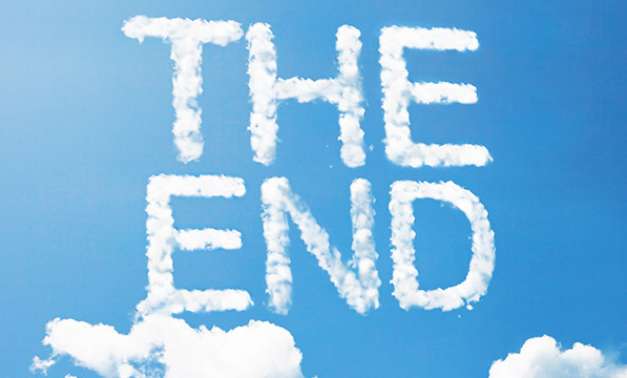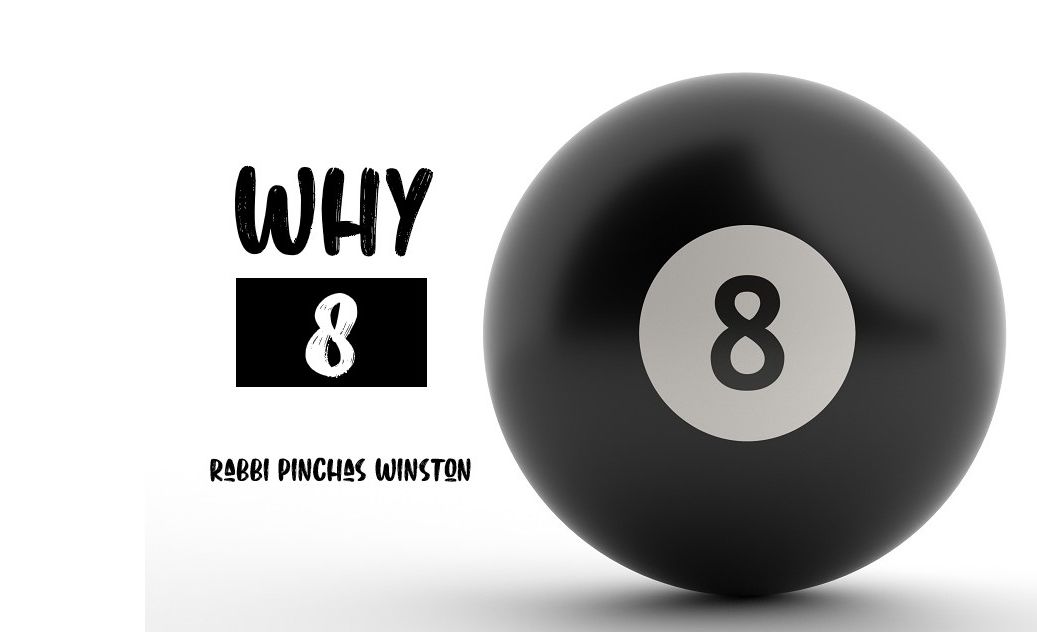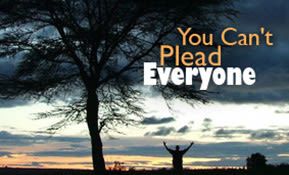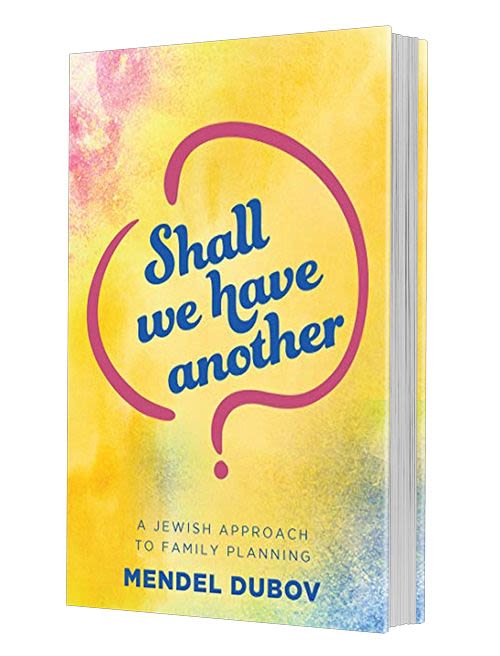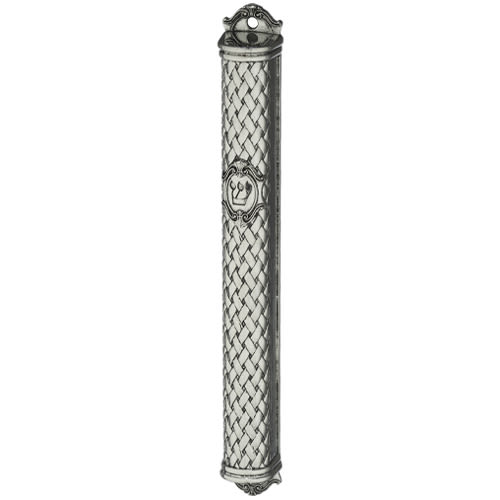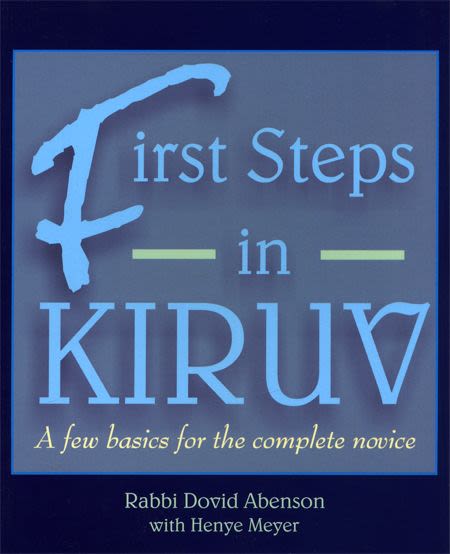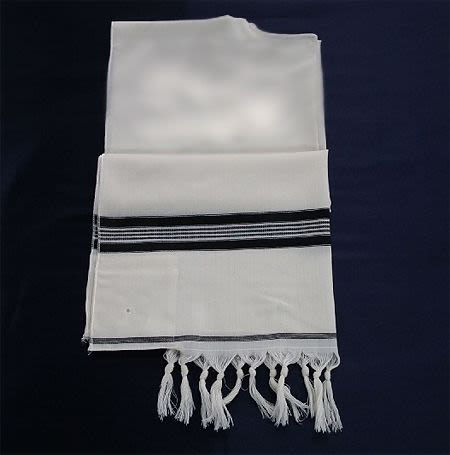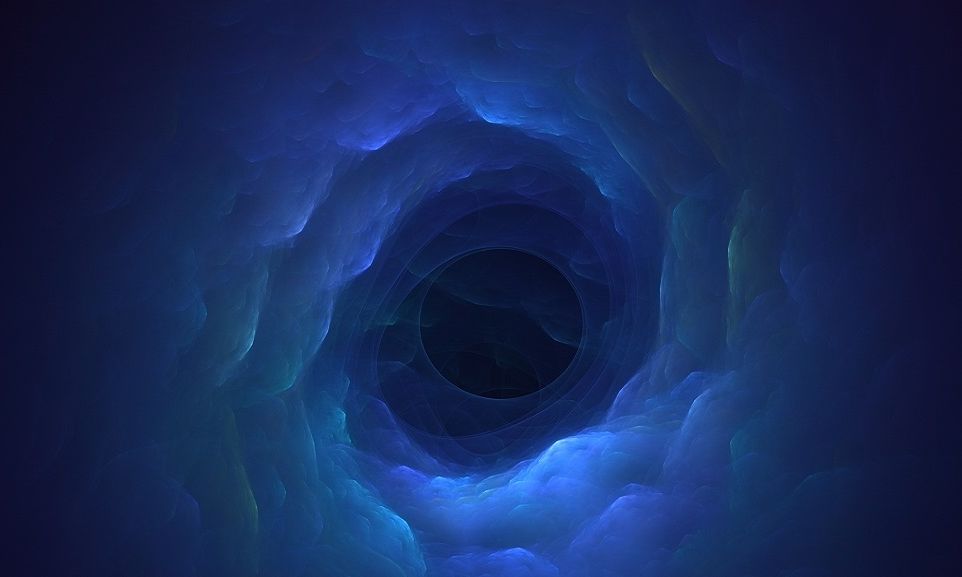
Bereishit: The Natural Order – Chaos
The universe is in a state of entropy - a world in which mankind more easily drifts towards war and destruction than towards peace and brotherhood…

Parshat Bereishit
The earth was null and void, and darkness was upon the face of the deep, and the spirit of G-d hovered above the water (Bereishit 1:2-3)
It is taken for granted that chaos ensued at the beginning of existence. Though G-d could have made a completed world without passing it through a chaotic stage,
Divine wisdom dictated otherwise, and therefore “null, void,” and “darkness” reigned in the early moments of the first day. Though it may be out of the question to ask why G-d decided to initially create a world in chaos, it is certainly not out of the question to ask what it teaches us. On the contrary, the fact the Torah records it means it is there to teach us something crucial.
 Indeed, the second verse of the Torah provides an important clue to answer pressing questions, such as why, after five thousand years of history mankind has yet to achieve the coveted state of “universal brotherhood” and “peace for all mankind.” One would think that after witnessing the brutality of war and after experiencing unimaginable barbarism, mankind would abandon physical force and destruction as a means of resolving differences. But war is as prevalent today as it has ever been.
Indeed, the second verse of the Torah provides an important clue to answer pressing questions, such as why, after five thousand years of history mankind has yet to achieve the coveted state of “universal brotherhood” and “peace for all mankind.” One would think that after witnessing the brutality of war and after experiencing unimaginable barbarism, mankind would abandon physical force and destruction as a means of resolving differences. But war is as prevalent today as it has ever been.Why?
Why not? Why shouldn’t the world constantly fall into despair and head towards destruction? What basis is there to assume that the natural state of creation is order and peace? Because life appears to be that way? Take a closer look at physical existence and you will see that the “natural” order of creation is anything but peaceful:
To understand how chaos-and the questions chaos raises-affects your daily life, consider the seemingly simple matter of your heart. Traditional science treats it as if it were a pump beating like clockwork, whose complicated cycles can be broken down into a number of simple waves of standard shapes. Real hearts are far more puzzling. Your heartbeat is triggered by signals from your brain, but the actual rhythmic contractions are the result of a democratic vote by millions of muscle fibers, all agreeing to contract in synchrony. Such a system is obviously far from clockwork. The rhythm of your heartbeat continually varies by tiny measurable amounts. It’s not a variability imposed from the outside; even when your body is at rest, your heartbeat fluctuates. It is caused by chaotic internal dynamics … (DISCOVER; “Does Chaos Rule the Universe?” page 57, November 1992).
Is this not what the second verse of the Torah teaches us, that the so-called natural state of creation is not order, but chaos? Is this not the reason why modern-day physics has discovered a universe in a state of entropy, a world in which mankind more easily drifts towards war and destruction than towards peace and brotherhood?
The Midrash defines the chaos of the second verse in terms of specific exiles the Jewish people would have to endure. Null, says the midrash, refers to the Babylonian exile (423 – 371 B.C.E.); void refers to the Median exile (371 – 356 B.C.E.); darkness to the Greek exile (318 – 138 B.C.E.), and the face of the deep, to the last exile of Rome (approx. 63 B.C.E. until present day). (The spirit of G-d alludes to the Messianic period at the end of days.)
In one verse we are given a description of the natural state of existence and a historical overview of how that condition will affect the world, and more specifically, the Jewish people. In either case, it is not a pretty picture, and history bears witness to the veracity of the verse’s prophetic vision. The exiles have come to pass, war is rampant, destruction and corruption constantly rear their ugly heads, and somehow, the Jew always seems to bear the brunt of world chaos.
The only question is why must it be that way? The answer to that question is the subject of the third verse:
:ג וַיֹּ֥אמֶר אֱלֹהִ֖ים יְהִי־א֑וֹר וַֽיְהִי־אֽוֹר
G-d said, “Let there be Light!” And there was Light.
The light created in the third verse was the response to the chaos and darkness created in the second verse. Light, therefore symbolizes the antidote to darkness and chaos, which, according to the Torah; it is a light that can only result from a positive, moral, conscious act of will. G-d created a world in chaos so that He could then bring order to it through the medium of a supernal light.
Likewise, life itself can be like an intellectually dark “room” within which each individual must navigate to the best of his or her ability. Though we live in a world well lit by the light of the sun at day, and the light of the moon at night, often, we still grope in intellectual darkness. Even on subtle levels, chaos reigns in our lives.
However, that is where our role begins. For, just as G-d did on the first day of creation, we have to use our powerful free will to reduce the chaos of intellectual blindness. We have to take the world in chaos, and create order, and maintain that order. To fail to do so, the Torah warns, is to let creation and society drift back to its more natural state: chaos.
***
Pinchas Winston is the author of over 95 books on various topics that deal with current issues from a traditional Jewish perspective. He has also written on the weekly Torah reading since 1993, called “Perceptions”, as well as on current topics and trends affecting Jewish history, past and present. One of his missions is to make the depth and beauty of the more mystical teachings of Torah understandable and accessible to those who can really benefit from them. Visit his website at thirtysix.org.


